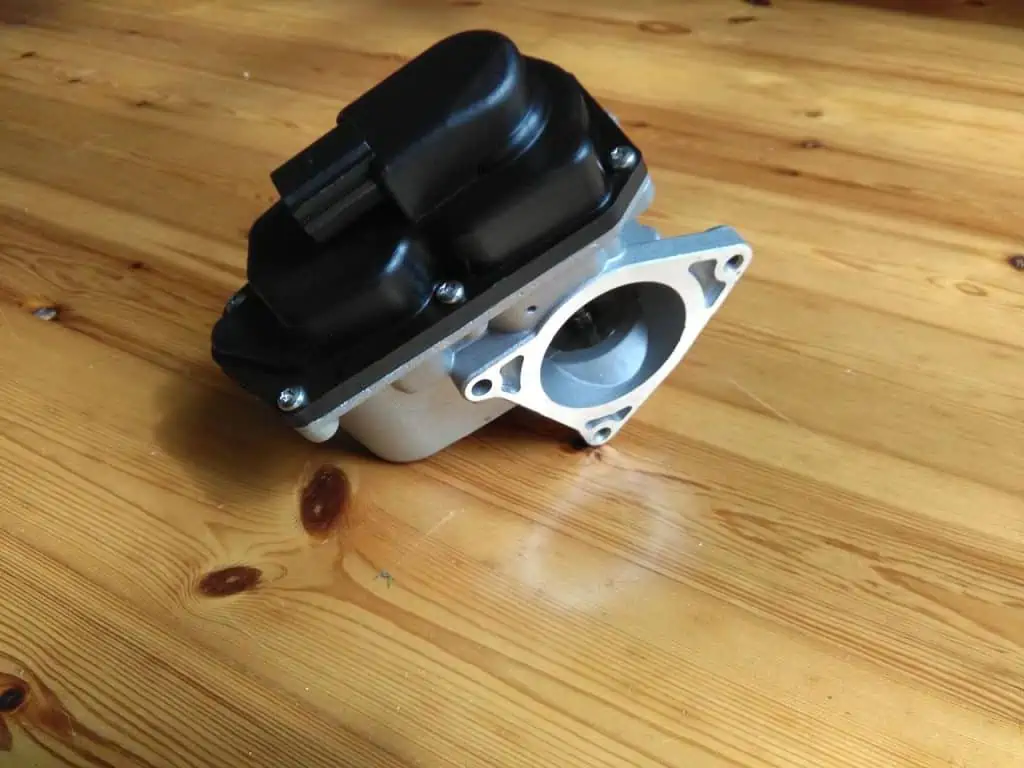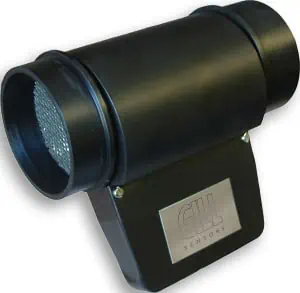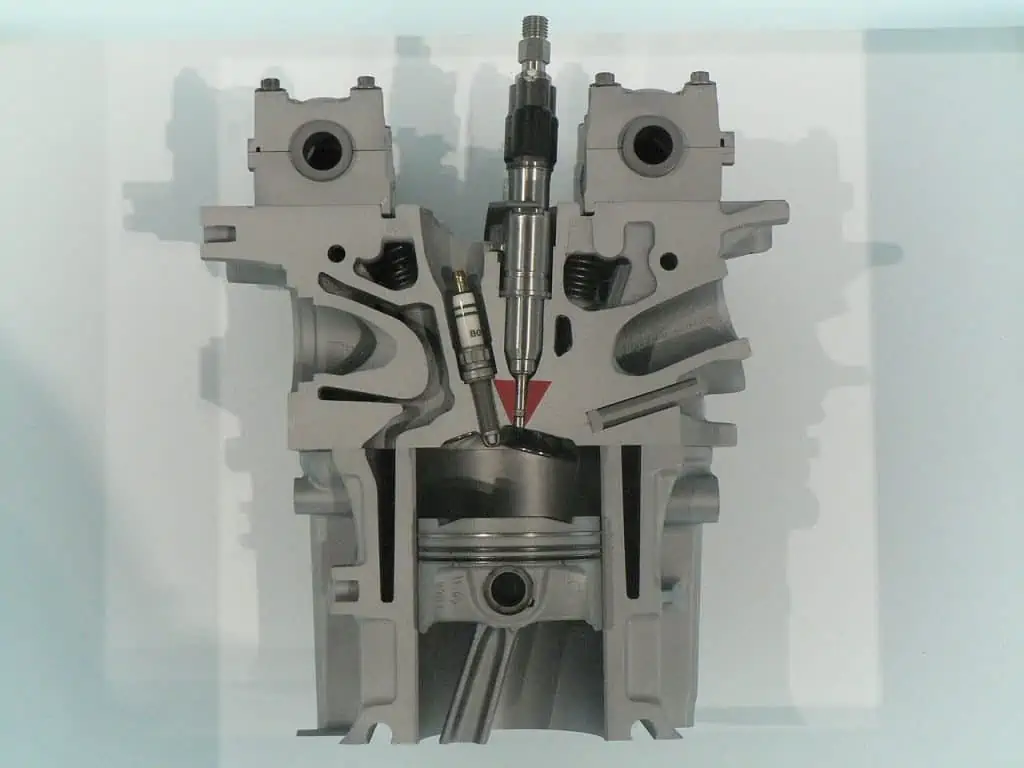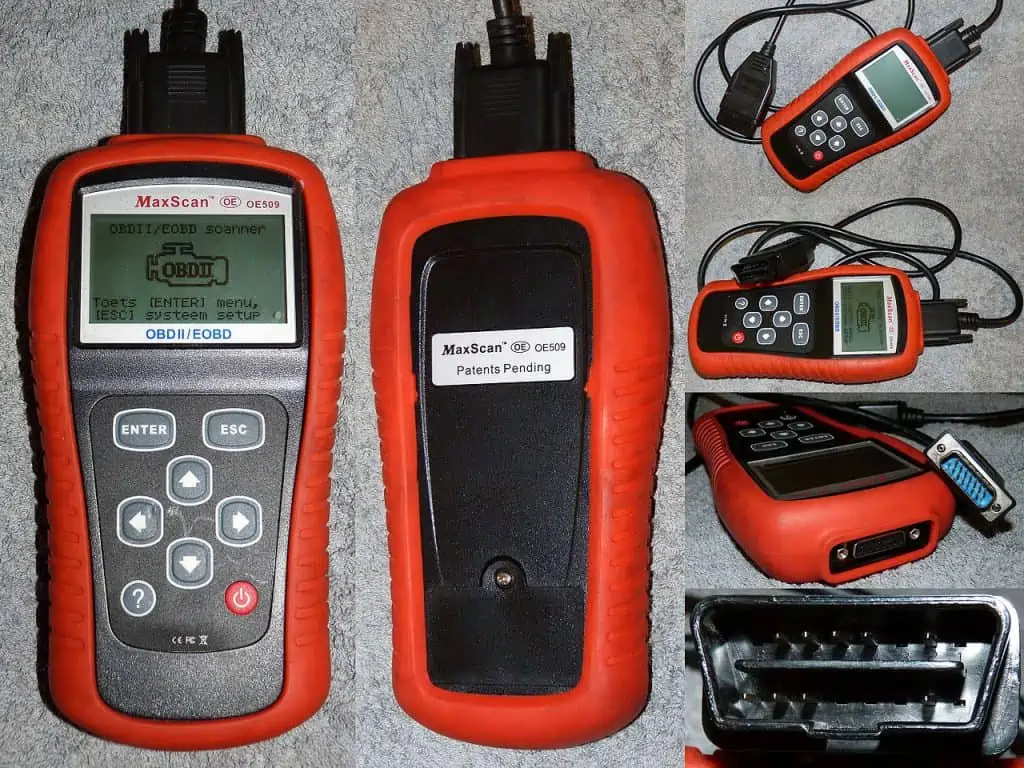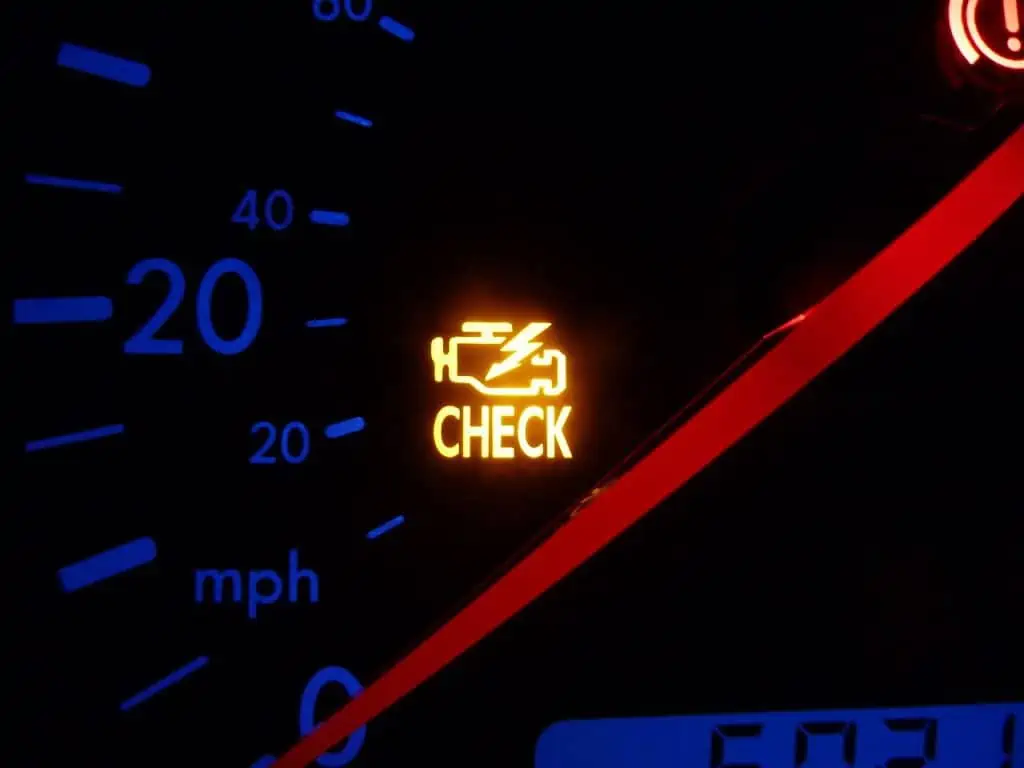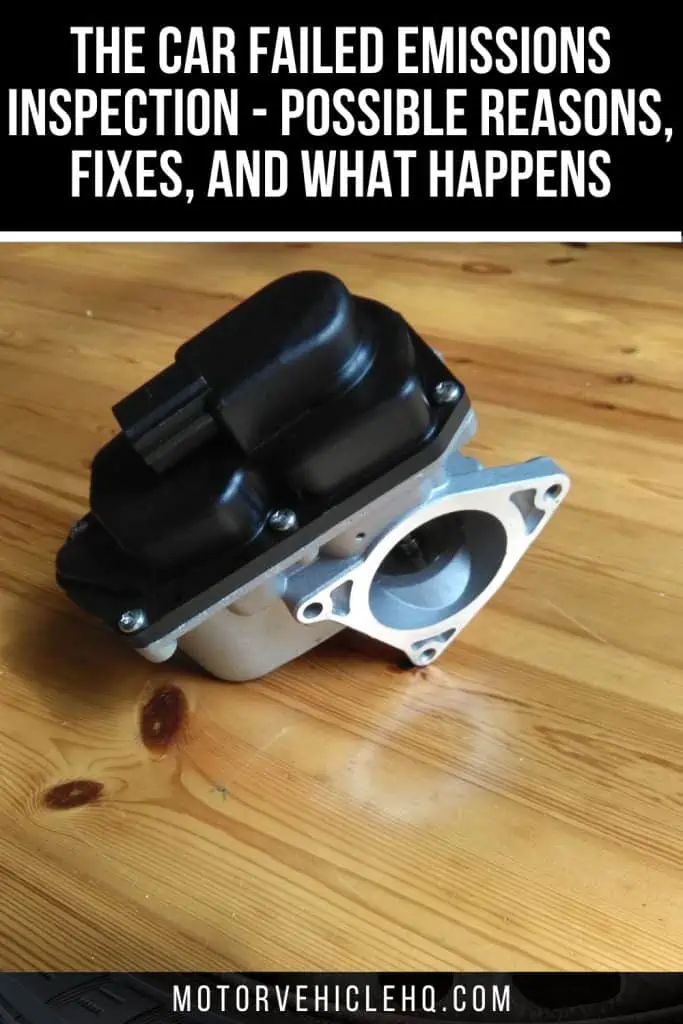Governments must assess the human-made products that are the biggest contributors to air pollution as society shifts toward more environmentally friendly means of production and manufacturing. Unluckily, one of the biggest manufacturers also plays a crucial role in transportation.
A variety of hazardous gases are released into the environment by unregulated vehicles. Therefore, some state governments have started mandating drivers to bring their vehicles in for an emissions test to try to reduce the amount of environmental impact.
These examinations are intended to count the contaminants being released from your car’s exhaust. When you pass an emissions test, there are no complications or hassles, but when you fail, there may be problems and unforeseen costs.
If your vehicle fails the emissions or smog test, you will not be able to receive a license plate for it. This is because such vehicles cannot be registered with the DMV. Before registration can happen, you must fix any problems and have your car retested.
An inspector will often offer you a point-by-point analysis of your emissions system, which should indicate if you need a big or small repair. But how can you tell if the exams are reliable, and how can you keep from failing in the first place?
It may be highly upsetting, unsettling, and irritating to fail emission testing. Have you ever wondered “why the emission failure” after an emission inspection went wrong?
If an emission test results in a failure, it could seem as though the inspectors are playing a joke on you, especially if your baby vehicle is performing flawlessly. However, how would you know what was wrong with your car?
The causes for a failed emission test and solutions have been adequately covered in this article. Sit down, and let’s disclose them.
Exhaust gas recirculation valve by Towel401 / CC BY-SA 4.0. The exhaust gas recirculation valve, or EGR valve, is designed to allow a very small amount of exhaust gas to return to the vehicle’s air/fuel mixture.
What Is Tested Under the Law for Emissions Inspection?
Many regions of the national mandate emissions testing, sometimes referred to as a smog check. By following the technique, you may make sure that your car satisfies the EPA’s (Environmental Protection Agency) and/or state governments’ emission regulations.
Depending on the standards established by the state or municipal government, your car must be checked at specific intervals. The same holds for whatever model year are subject to emissions testing or exempt from it.
Tailpipe and onboard diagnostics emissions testing are the two primary categories (OBD II). Which one your vehicle needs depends on the regulations in your location and how old the car is.
An OBD test involves connecting a scan tool to the car’s diagnostic port. This enables the sog professional to talk to the onboard computer and make sure it isn’t signaling any issues with emissions. Only vehicles with the model year 1996 or later can undergo OBD testing.
Contrarily, a tailpipe test necessitates the insertion of an exhaust gas analyzer into the vehicle’s tailpipe. The analyzer monitors the concentrations of pollutants including carbon monoxide (CO) and hydrocarbons (HC), as well as safe gasses like oxygen and CO2.
Numerous places additionally monitor toxic nitrogen oxide levels (NOx).
It’s also important to remember that the emissions test frequently includes a visual assessment (both tailpipe and OBD). The technician examines the car’s emissions system to make sure it is functioning properly. The gas cap, among other things, may also be examined.
The Workings of the Emissions Tests
The EPA and other regulatory agencies stand by the accuracy of this sort of testing to control the pollutants coming from your vehicle’s exhaust system, even though some people may dispute its integrity.
The OBD, or onboard diagnostic check, and the I/M240 dynamometer test are the two crucial emissions tests. Vehicles built in 1996 and after must have their OBD systems checked. It connects to modern cars’ OBD systems and checks to see if all of the emissions technology is operating properly.
For vehicles made between 1981 and 1995, the I/M240 test is used, and its testing is more thorough. The vehicle’s exhaust fumes are collected and examined using a dynamometer to mimic driving on a road to determine if it passed or failed.
The Emission Control System Components
A working emissions system consists of several parts. Since these parts are used continuously, they may eventually wear down and cause your vehicle to fail an emissions test. Let’s discuss a couple of these typical components and how they work.
1. The PCV Valve
A PCV, or positive crankcase ventilation valve, is made to take the vapors created during combustion in the crankcase and recycle them back into the air/fuel combination of the vehicle. Because they can dilute the air/fuel combination to the point where performance is impacted, these vapors need to be properly blended in.
Exhaust catalytic converter by The RedBurn / CC BY-SA 3.0. The catalytic converter in your engine acts as a secondary combustion chamber for any remaining pollutants. It is constructed from materials that can withstand a great deal of heat and contains a special catalyst plate to speed up the oxidation of impurities.
Pressure can build up in the crankcase as a result of a broken or clogged valve, which can lead to oil leaks. An engine may splutter or backfire as a result of this vacuum loss (engines are sealed systems).
2. The EGR Valve
The exhaust gas recirculation valve, also known as the EGR valve, is made to permit a tiny quantity of exhaust gas to return to the vehicle’s air/fuel combination. Reintroducing the pollutants into the engine for further processing is another way to reduce pollution.
It works best for keeping an eye on and managing nitrogen oxides that are naturally created during combustion. This contaminant is extremely dangerous. The computer in your vehicle carefully recycles traces of exhaust gases into your engine, so any issue will have an instant impact on performance.
3. The Catalytic Converter
In essence, your engine’s catalytic converter serves as a secondary combustion chamber for residual impurities. It is made of materials that are extremely heat-resistant and has a unique catalyst plate to hasten the oxidation of contaminants.
In essence, contaminants are swiftly oxidized and transformed into carbon dioxide and water vapor when they travel over a palladium or platinum plate. This process generates excessive heat, and a filthy engine will eventually destroy a catalytic converter.
4. The Oxygen Sensor
Usually, the sensors are placed ahead of and behind the catalytic converter. While many contemporary vehicles contain up to four of these sensors, many newer cars only have two.
Their main responsibility is to keep an eye on and regulate the air-fuel ratio, which is crucial to a vehicle’s efficient functioning.
They have been precisely calibrated to OE standards and are quite sensitive. Although they are frequently easy to repair, neglecting them increases the risk of other crucial components failing.
What Factors Results In a Failed Emissions Test?
Your vehicle might fail an emissions test for a variety of reasons. A qualified diagnosis is necessary to determine the problem’s primary cause. A technician could discover the following things when troubleshooting:
1. Faulty Mass Air Flow Sensor
To gauge the rate at which air enters an internal combustion engine, a mass flow sensor is utilized. The engine control unit needs the air mass information to balance and supply the appropriate fuel mass to the engine.
If this straightforward sensor is broken, the engine won’t run properly, the check engine light will come on, or the car will emit more pollutants from the tailpipe. Replacement costs for mass air flow sensors: $60 (DIY) and $300 (Pro) (Pro)
2. Worn-Out Motor Oil
If you don’t change your engine oil regularly, it won’t just cause you to fail emissions tests; it will also cause engine sludge, which will eventually cause harm to the engine. During emission checks, smog professionals measure hydrocarbons, and filthy and postponed oil changes cause hydrocarbon to build.
A three-wire oxygen sensor by Mnemo / CC BY-SA 3.0. The catalytic converter is located in front of and behind the oxygen sensors. Many modern cars only have two of these sensors, however, many older vehicles have up to four of them.
3. A Faulty Catalytic Converter
A car with a damaged catalytic converter could overheat and smell sulfurous. You could also detect a strange odor on its top, similar to that of a rotten egg. Why would you fail the emission test because your catalytic converter failed? It’s easy! the fact that it can change carbon dioxide.
When a catalytic converter breaks down, its catalyst system is no longer able to efficiently convert pollutants into carbon dioxide and water. There’s a significant probability that your catalytic converter has been operating over time if your engine is performing poorly. It will fail as a result of this.
Engine problems frequently have a cascading impact, like the majority of car-related problems. Subsystems related to maintenance will start to fail if you don’t properly maintain your car.
One of the most costly auto repairs you can do is this one! As was already explained, a catalytic converter contains precious metals that sell for very high prices.
The type of vehicle or brand of car you possess affects the price of your catalytic converters substantially as well. Catalytic converter prices range from $1,000 to $3,000. (Pro)
4. Defective Fuel Injectors
The flow of fuel via the injector lines will be obstructed by a broken or blocked fuel injector. It might result in an excessively lean or excessively rich air/fuel mixture ratio.
The usual combustion process will produce carbon dioxide in the exhaust system, which will then transform into emission and exit the exhaust tailpipe if there is too much-unburned fuel left over.
5. A Loose or a Leaking Gas Cap
Surely this is common? It happens more frequently than you may think. Although it happens frequently, it might result in a failed emission inspection on Carfax. Therefore, it’s crucial to make sure the gas cap is correctly fastened after filling up at a gas station.
When the cap is locked, certain cars will make an audible clicking sound.
Although failing an emissions test, for this reason, may sound absurd, it happens frequently! Gas tank vapors can escape into the environment if a gas cap becomes loose over time. The computer system in your car will detect this decrease in pressure and very certainly turn on the check engine light.
This is one of the first things I recommend to folks who have a check engine light on or who have failed an emissions test, in my experience. Why? It cost a little. Replacement gas cap costs $10 to $25. (DIY)
6. Bad Air Intake Levels
You could have a congested air intake system if your vehicle failed an emission test and the results showed an excessive amount of hydrocarbons and carbon monoxide.
This is mostly due to an air filter that is blocked or unclean, which causes a lean air/fuel mixture ratio. This indicates that unburned gasoline leaks into the exhaust system, resulting in greenhouse gas emissions from the exhaust tailpipe.
Your vehicle will malfunction if too much fuel is used during an engine cycle due to an excessively rich air-fuel combination. Because of this issue, your vehicle will burn gasoline inefficiently, which will cause it to consume more fuel than necessary and raise emissions at the exhaust.
A mass airflow sensor by Gillsensors / CC BY-SA 3.0. A mass flow sensor is used to measure how quickly air enters an internal combustion engine. To balance and provide the right amount of fuel to the engine, the engine control unit requires knowledge of the air mass.
Occasionally, a catalytic converter might completely fail if too much gasoline is pumped into the emissions system!
Oxygen sensors or defective fuel injectors may be at blame for this.
The objective of a fuel injector is to efficiently distribute gasoline to an engine’s cylinder. The engine will operate inefficiently if an injector is providing too much or too little gasoline. The motor will splutter and choke if two little fuel bits are provided. If the motor is fed too much, it will burn up the extra fuel, which will raise emissions.
An oxygen sensor is a tool used to gauge the oxygen content of the fuel and air in a car’s engine. If there is too much or not enough oxygen in the mixture, it sends signals to the car’s computer, which then decides.
Since oxygen is necessary for fuel to burn, it must be maintained at an ideal level. O2 Sensor Repair Costs: $95 (Do It Yourself) to $470 (Pro). Injector Replacement Price: $1121 to $1407 (Pro only, not a recommended DIY job)
7. Awful Oxygen Sensor
The 02 sensor controls the oxygen levels in the exhaust system in coordination with your car’s onboard computer. If this vehicle sensor malfunctions, it will communicate misleading values to the vehicle computer, resulting in an incorrect air/fuel ratio in the cylinders. This will put the vehicle in limp mode and reduce engine power.
So how do a failed MOT emission test and subpar 02 sensors connected? The PCM won’t be able to determine if the engine is operating within normal limits if this sensor malfunctions. Additionally, it will result in the car failing an emission test.
8. The Check Engine Light
Your car will invariably fail an emission test if there is a check engine light on the instrument cluster, whether for the reasons mentioned above or from another engine problem.
While turning off the check engine light on your dashboard is relatively simple, it cannot be used as a workaround to pass emission testing. Instead, it will result in an unprepared failed emission inspection.
This implies that until system sensors start transmitting and receiving the proper data from routine driving, the car will be in a not-ready condition.
The system issue that initially caused the check light to emerge will be identified after the necessary data has been gathered, and the light will likely start to flash again.
9. Clogged Air Filter
How long has it been since you last changed your air filter or even considered doing so? Since you’ve just bought a used car, one of the first things you should usually do is clean or replace the air filter. When these objects are too unclean, they may produce large amounts of carbon monoxide, which may result in a failed emissions test.
10. Old Spark Plugs
Spark plugs are among the smallest and most important components of your engine, yet they can also fail an emissions test for your vehicle. If the spark plugs have logged more miles than recommended, you should replace them. This can potentially improve your gas mileage while restoring performance and reducing exhaust pollutants.
Fuel Injector by Ton1~commonswiki / CC BY-SA 3.0. A fuel injector’s main job is to deliver gasoline to an engine’s cylinders as effectively as possible. If an injector delivers too much or too little gasoline, the engine will function inefficiently.
Before an emissions test, spark plugs are another crucial part of an engine that is sometimes disregarded. These basic components are necessary for the engine cylinder to burn the air-fuel combination properly. If they aren’t working correctly, the air-fuel combination won’t burn effectively, which might result in more pollutants coming out of the exhaust.
Fortunately, an experienced, knowledgeable DIYer can swap out all the spark plugs on the car in the afternoon. Spark plug replacement costs range from $100 (DIY) to $350. (Pro)
11. Exhaust System Leaks
There are many causes for why an exhaust system could begin to leak. Usually, it is either an older car or a car that has been exposed to salt on the road. Despite its age, a car’s exhaust can still be harmed by a collision or by road trash.
If an exhaust system is not sealed, the catalytic converter won’t be able to burn the engine gases. An experienced technician may occasionally be able to see and hear an exhaust leak. An emissions test will immediately fail as a result of this.
Exhaust system repair costs range from $150 to $2000 (pro), depending on the leak’s location and intensity.
12. EVAP System Leak
To properly prevent gasoline vapors from exiting the atmosphere and recycle wasted vapor back into the tank, every vehicle is equipped with a system of tubes and seals. The evaporative vapor emissions control system, or EVAP, is the usual name for this. The problem with a malfunction in this kind of system is that it could be quite challenging to find and correct!
A check engine light will frequently signal this kind of problem. EVAP canister replacement costs range from $450 to $560. (Pro recommended only). If the leak is hidden, the price might be even greater!
Failed Emissions Inspection: How Do I Correct It?
Stay tuned if you’re worried about resolving an emission problem or if your vehicle has failed an emission test. We shall discuss how to address emission test failures in the sentences that follow.
1. Check the Tires on Your Wheel
Safety tests are some of the things to go into. Verify items like tires to verify sure they have adequate tread life and are free of punctures.
Fix the headlights and get them back in working order. You don’t need a mechanic to check the light; anyone can do it.
2. Replenish Engine Oil
You can take a few precautions to ensure that it passes the emission test because you can’t see what’s coming out of the exhaust tailpipe.
A dynamometer is used to monitor the air that exits the exhaust tailpipe of vintage vehicles produced before 1996. To guarantee that the air coming out of the tailpipe is extremely low and not polluting much, you must check that everything is in good operating order.
As a result, check to see if the oil is clean. Before the inspection, change the engine oil and oil filter since unclean oil will cause the PCV valve to absorb and burn more pollution.
The two most important emissions tests are the I/M240 dynamometer test and the OBD, or onboard diagnostic check. OBD systems in vehicles manufactured in 1996 and later must be inspected. It links to the OBD systems of contemporary automobiles and verifies the appropriate operation of all emissions-related technology.
3. Replace or Clean the Air Filter
Maintain a clean air filter since a dirty air filter will obstruct air flow, causing the vehicle to run lean and emit too much pollution.
4. Examine the Spark Plugs
Make sure the spark plugs are in good condition by inspecting them. There is a space between the electrodes and the body of a spark plug. They won’t ignite as they usually do if the spacing is too big.
If the gap is too large, the vehicle will pollute more even if it is operating normally and will fail the test.
5. Verify the Cooling System
A low coolant level will increase engine operating temperature, of course. Therefore, ensure sure the engine is not overheating and that there is enough coolant.
Make that the cooling fan is operating smoothly. To check if the fan is functioning properly, start the car and turn on the air conditioning. Because the test is conducted on a dynamometer while the vehicle is stationary, if the cooling fans are not functioning properly, the engine will have to work harder, which will fail the test.
An instrument used to measure torque or power is called a dynamometer.
To compute the power produced by a motor, engine, or another rotating prime mover, for example, force (torque) and rotational speed are concurrently measured (rpm).
Older vehicles built before 1996 are not fitted with an OBD11 plug-in socket. Because of this, CERTs only test the engine on a dynamometer and never with any other type of computer.
6. Reset the Engine Check Light
The test will not be conducted on a dynamometer if you have a modern vehicle made in 1996 or after. To check for issues, they will hook a computer into the vehicle.
Therefore, before you take the exam, have a trained mechanic identify and correct the problem if the car’s check engine light is on in the dashboard. The scan utility will find any stored fault codes in the PC.
In a vehicle, there are more than 2,000 different fault codes that could be present. This makes identifying the origin of the lighting light without a scan instrument challenge.
7. Utilize a Fuel Injector Cleaner
When all other options have been exhausted and the car still fails an emission test, you might try adding fuel injection cleaner to the gas tank.
I advise using a shop-line cleaner. Halfway through the petrol tank, add a gallon of the solvent, then accelerate as quickly as possible on the highway. Take a 30- to 45-minute drive.
This is what I’ve done to get several vehicles to pass emission testing. This is not magic, of course; if your vehicle has problems, you must solve them. Because the solvent burns cleanly and aids in producing cleaner smoke, if the vehicle runs well, this will help it pass the test. This will enable older vehicles with catalytic converter problems to pass the test.
Passing a Smog Test Successfully
In essence, passing a smog test annually or biannually requires two key components. upkeep and repairs.
Check engine light by Wikiuser100000 / CC BY-SA 3.0. If your automobile has a check engine light on the instrument cluster, it will unavoidably fail an emission test.
First and foremost, your car has to be properly maintained. There is very little possibility that these parts will malfunction when it’s time for an emissions test if you properly maintain and replace parts at the recommended intervals per the manufacturer’s instructions.
Consider the use of fuel injectors or even spark plugs as an example. Throughout the life of the vehicle, each one of these things may be readily fixed or maintained, but failing to do so could end up being expensive.
Occasionally, despite our best efforts, a car won’t pass the smog test because of a defective item or poor design. You may manage expenses and outcomes by proactively identifying the issue with your vehicle before bringing it in for an emissions test. You may occasionally only have to pay to get your vehicle fixed so it passes the test.
What Distance Must You Travel to Pass Smog?
Keep in mind that fuel is required for internal combustion engines. Before you arrive at the smog station, drive your vehicle 10 to 15 kilometers. This will enable the engine to warm up and guarantee that the coolant, motor oil, and catalytic converter operate at their typical working temperatures. Additionally, it will help your vehicle pass the emission test.
Before conducting the inspection, a smog specialist is required by one of the emission inspection criteria to confirm that the vehicle is functioning at normal operating temperature. However, you may easily do this as one of the requirements for passing the emission inspection.
Smog Test Re-Examination
The majority of establishments will let you retest for free, but there is a strict limit on how many times they will do so. I previously had a dated Toyota 4Runner that required extensive repairs before it could pass a smog test.
After first failing a smog test not once, not twice, but three times, I was advised that the policy was a rigorous two retests on my third trip back to the store. Now that I think about it, I should have properly diagnosed the issue rather than speculating based on the results of the smog test.
Even though failing a smog test may seem like a major problem, the best outcome may be achieved by carefully identifying the problem and maintaining your car. Knowledge is power!
The Conclusion
The use of only reliable vehicles on the road is helped by emission testing. This is done to ensure that cars pollute the air less, protecting the environment and its inhabitants.
Knowing the purpose of emission checks, you should address any issues if you fail one for the safety of other road users.
You may either drive down to CERT for a professional fix or call your local mechanic to fix it now that you are aware of the causes of a failed emission check.
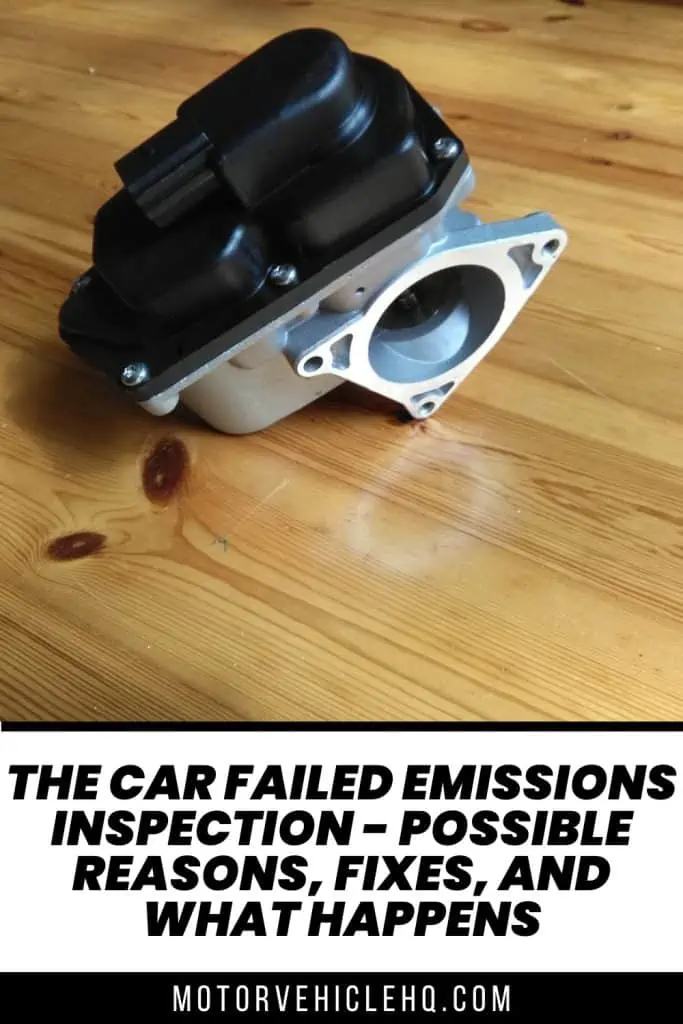
Exhaust gas recirculation valve by Towel401 / CC BY-SA 4.0

Jim Wicks is the founder of MotorVehicleHQ. With over two decades of experience in the automotive industry and a degree in Automotive Technology, Jim is a certified car expert who has worked in various roles ranging from a mechanic, car dealership manager, to a racing car driver. He has owned more than 20 cars over the past 15 years. Ask him about any vehicle you see on the road and he can tell you the make, model and year. He loves the aesthetics of all things cars, and keeps his vehicles in pristine condition.
In his free time, Jim enjoys getting his hands dirty under the hood of a classic car or taking long drives along the country roads. His favorite car? A 1967 Shelby GT500, a true classic that, according to Jim, “represents the pure essence of American muscle.”
